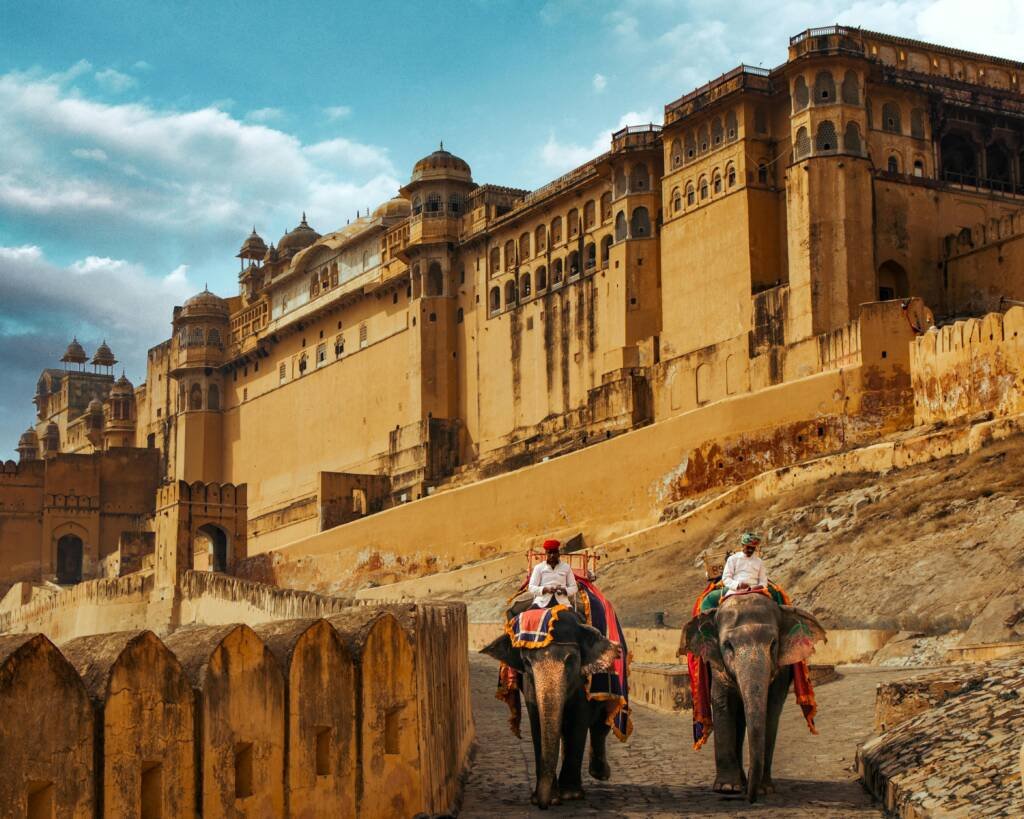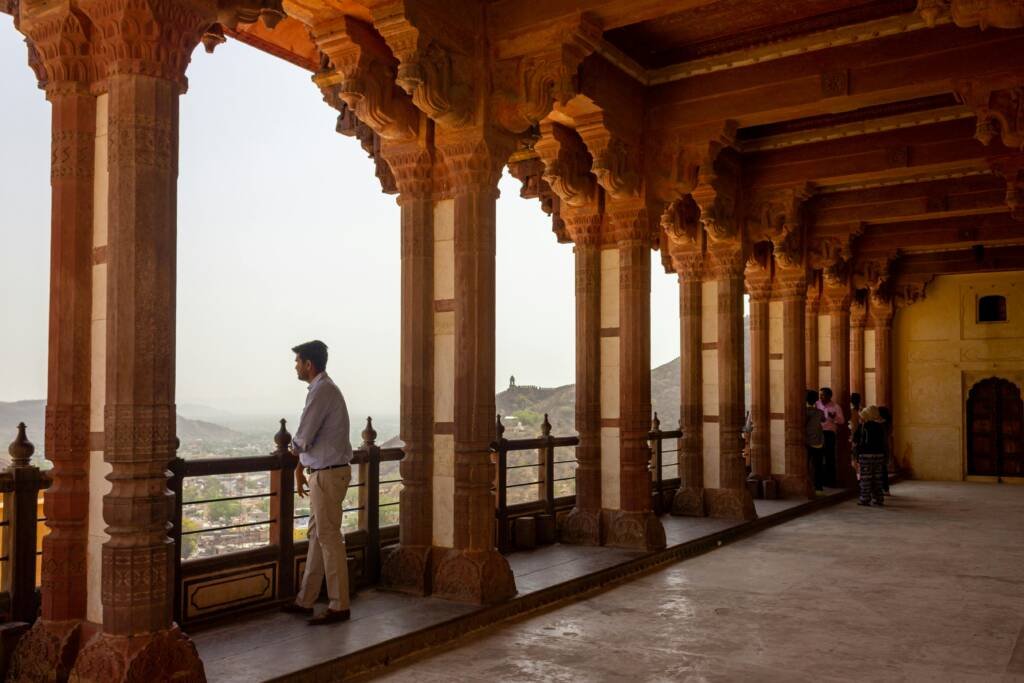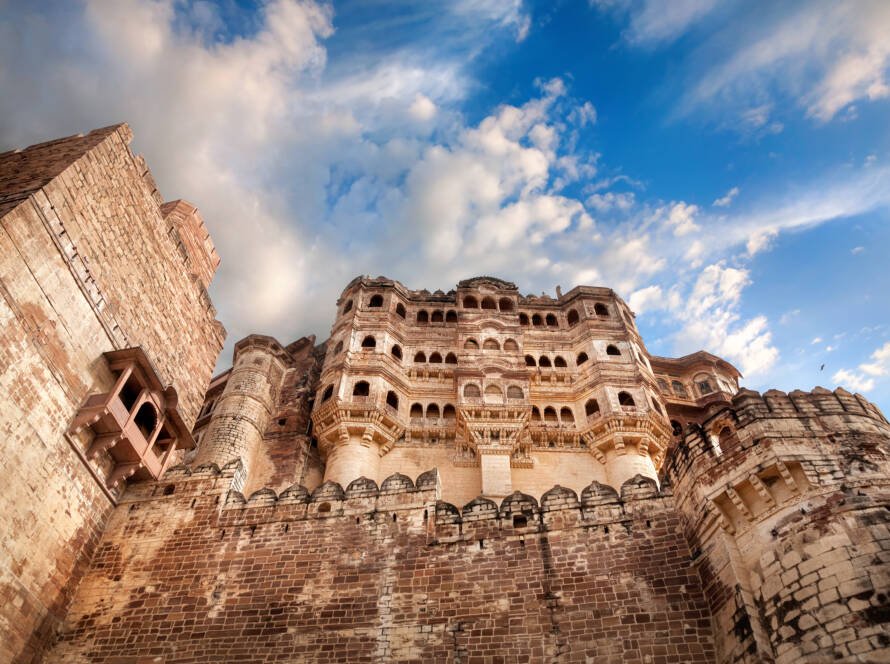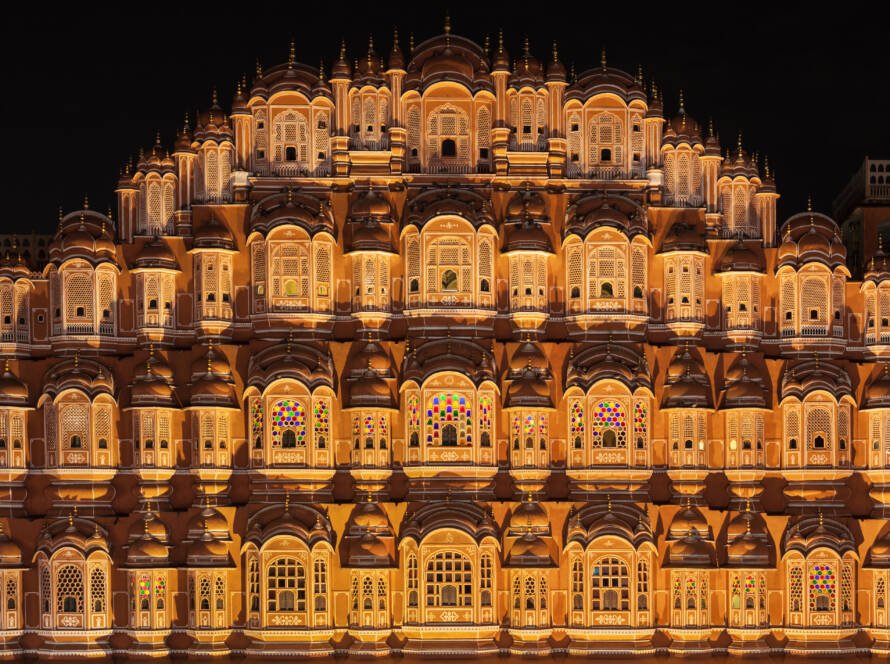Whispers of Stone and Silence: A Journey Begins
There’s something hauntingly beautiful about standing before an ancient Indian fort. The rustle of the wind through broken archways, the echo of unseen footsteps, the scent of aged earth mingled with jasmine—these are not just ruins. They are living stories, suspended in time. Each bastion holds more than just granite and mortar—it holds memory. In their shadow, one can almost hear the chime of temple bells, the rumble of elephants, the rustle of royal silks, and the quiet devotion of artisans shaping history with their bare hands.
And yet, these silent witnesses of India’s glorious past are often forgotten—visited, yes, but not understood. That is where the power of education and experiential tourism comes in—not to preserve history as a relic, but to revive it as a living legacy.
Forts as Classrooms: Beyond Textbooks
Imagine children learning history not from faded pages, but from the touch of carved stone, the climb up a spiral staircase, the scent of old temples, the chants still echoing within sacred shrines nestled within fortress walls. A visit to Gwalior Fort becomes a lesson in music, where stories of Tansen are whispered through the wind. Chittorgarh’s flame-kissed corridors teach not just about battle, but about honour and sacrifice.
When forts are turned into immersive classrooms, they no longer remain inert structures. Through guided heritage walks, storytelling sessions, re-enactments, folk performances, and cultural immersions, students experience India’s soul—not just its syllabus. They learn to listen—to the architecture, to the earth, to the spirit of a time that shaped their present.


The Artisans’ Legacy: Craft, Colour, and Continuity
Forts are not just military marvels; they are mosaics of art. Within their walls lived sculptors, painters, weavers, bards, and poets. Every motif carved into stone is a prayer, every jharokha a testament to India’s aesthetic vision.
Educational tourism can breathe life back into these traditional crafts. By integrating artisan-led workshops within forts, we honour the hands that once built, painted, embroidered, and sang for the kings and deities. Children can learn the forgotten art of fresco painting in Bundi, try their hand at miniature painting in Rajasthan, or witness stone carving in Hampi. In doing so, they don’t just observe history—they inherit it.
Philosophies Carved in Granite
Forts were not just built for protection—they were expressions of India’s civilisational ethos. Within their precincts stood temples and mosques, libraries and observatories, markets and courtyards for dialogue. They embodied a holistic worldview where the spiritual, scientific, social, and aesthetic coexisted.
Revisiting these spaces through curated experiences offers a chance to engage with these philosophies again. Why were certain temples aligned with celestial bodies? What did the positioning of water tanks and stepwells tell us about ecological wisdom? These are not just historical facts—they are seeds for reflection and reawakening.
From Ruins to Reverence: A Cultural Reawakening
When we revive forts through education and experiential tourism, we’re not just restoring monuments—we’re rekindling pride. We are reminding ourselves, and our children, that history is not something behind us; it flows through us.
This is how a child, once indifferent to “social studies,” returns home inspired by the tales of Rani Durgavati. How an artisan, long forgotten, finds his work admired in fort galleries. How a tourist becomes a torchbearer of heritage. And how a stone, once weathered and ignored, finds its story told again—lovingly, truthfully, reverently.
A Sacred Homecoming
In reviving India’s forts, we are not merely dusting off the past—we are coming home. Home to values that endure. To aesthetics that uplift. To stories that still whisper to our hearts.
Let us walk through these archways with eyes wide open and spirits receptive. Let us not just take photographs but partake in history. Let us transform these spaces from relics into resonance. For in their silent grandeur lies our cultural soul—waiting to be heard, held, and passed on.



